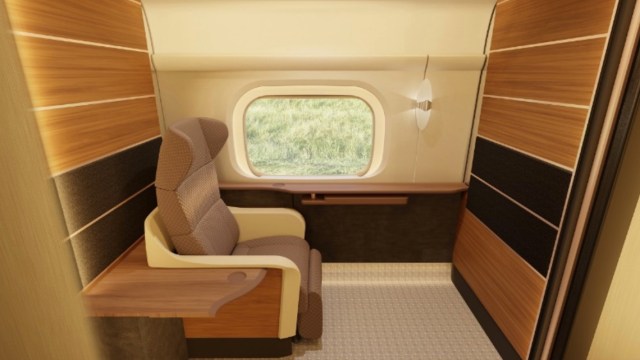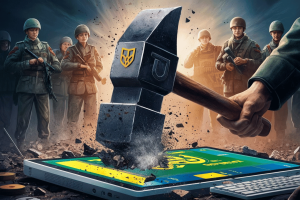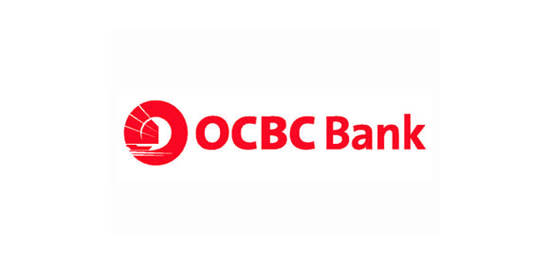Hi all!
I’ve been keeping an eye out for a long time for a second Dell R710 server to put in the cluster with my original R710 so that I can run two hosts that are alike and benefit from DRS/vMotion, etc. I current have a ton of Dell 1950/2950 systems which I am able to vMotion to and from so long as the VMs are not running the R710 (Intel E5649) CPU instruction set. That kind of stinks because my single R710 (Dual E5649 CPUs, 144GB of RAM) is not very redundant. Because my pfSense firewall runs as a VM on the host, any updates I need to apply to ESXi result in having to reboot the host and firewall… which is remote to me. So, obviously I lose connection and hope that all goes well and quite honestly it’s annoying.
You can either continue to read the blog post below or watch the video I put together. In typical fashion I ramble and talk about minute details of the server, but someone might find it useful:
I’ve had 144GB of RAM waiting for a new R710 (18x8GB kit) so that I could build two identical hosts and just needed to find one. Cruising eBay, I noticed a seller with a couple R710 SFF (2.5″ disk model) for auction. I bid on the one server and lost by like $2 because I forgot and went to lunch. So, I was determined to win the other server they had up at the time. I bid and did win at ~$200 which is not a bad deal at all. Interestingly, these servers were both listed as “government excess” but indicated that they had scratches and sticker residue, etc. Whichever – I think I bought my original R710 from this seller and it came in “good” condition and worked fine so if this one was at least as good I would be happy.
When the server showed up (only 36 hours after I had paid!) it was in a genuine Dell box:
Checking the shipping label, it was definitely addressed to the “Social Security Admin” in Durham, NC. More interesting is the fact that this is “piece 110 of 176”. So, that must mean this unit was part of a 176-part Dell order! Wow. If all 176 parts were servers no wonder these are “government excess”. See what I mean below:
Interesting. I figured it was just a Dell box and not the original box, and dug deeper to find that it included Dell R710 front bezel (unopened), two genuine Dell power cables (unopened), and all of the manuals:
Once I removed the top shipping layer I saw the actual server and man did it look clean and shiny:
Putting the front bezel onto the server it sure looked like an R720/R730 I’ve unboxed recently… brand new:
I didn’t even bother testing the original configuration and ripped out the lame 8GB of RAM (8x2GB) and dropped in my 18 DIMMs. In doing so, I pulled a couple of the fans – literally no dust or lint on them at all. This doesn’t happen even in immaculate data centers. I know, because I have taken plenty of servers apart while having run them in data centers and no matter what you get some evidence of dust/grime on the fans. I’ve determined that this Dell R710 is brand new and had never been used:
With the RAM installed I closed the unit up, booted off of the Dell Repo Manager “bootable ISO” and proceeded to update the firmware/BIOS/etc. to the latest available versions in one effort. I then ducked into the BIOS to make a couple minor adjustments (memory in optimized mode, boot from USB, maximum performance mode for power control, etc.). Because the server is brand new/unused, the firmware was pretty out of date. I guess the firmware wasn’t actually super dated because the unit is a July 2012 build but it is still a good idea to update all firmware:
All set! So, the end result is that I have a new R710 ready to sit beneath my primary in an ESXi cluster. The cluster as a whole will have 48 vCPU and 288GB of RAM which is not shabby for a home lab! Not to mention the hosts will be backed by over 30TB of storage. The only shortcoming with this individual host right now is that it’s running Intel E5606 CPUs which are 4 core CPUs but they feature only 4 threads. So, I’ll be replacing the E5606’s in this box with the same E5649’s that I have in the other R710 so that all things are equal.
Additionally, you may notice that this server has only four 2.5″ 146GB 10K SAS drives. My other R710 has eight – so, I can either move two disks from the other host into this new host and add an SSD to each for a VSAN setup, or I can pick up four more 146GB 2.5″ 10K SAS drives so that they both match and have ~800GB of internal storage. I have time to think about that. I have also been eyeing up some 300GB 2.5″ SAS drives to get a little more space locally in this host so I may go that route. Either way, this thing was a great find! It’s basically brand new! I am a huge advocate of the Dell R710 being the server to get if you’re building a home lab so this was a perfect score in my book.
Hope you guys find this useful and good luck in searching for your own lab servers!

























